|
Manuka honey is a nutritiously rich honey produced by bees that only collect pollen from the Manuka Bush - a tough, hardy, evergreen known for its medicinal, therapeutic and aromatic uses. As a result, manuka honey packs a real punch with its various medicinal applications including antibacterial and antiviral properties as well as many other unexpected health benefits - Learn all about manuka honey in our article: Manuka Honey? From New Zealand? What is this Delicious, Medical Grade Honey all about!? Health Benefits, Uses, Smoothie Recipes and more... (opens in new tab).
The 5 Best Manuka Honey Smoothies
If you like honey and haven't already heard of Manuka Honey then boy have we got a deliciously sweet surprise in store for you today with our Manuka honey smoothies!
Being such a potent ingredient with a fantastically rich and complex flavour, it's obvious to see how manuka honey can be used to work wonders in our smoothies! For those familiar with the sweet, rich, nectar prepare to be left with your mouth watering and taste buds tingling as we bring you the 5 best manuka honey smoothie recipes for you to try! Manuka Honey Smoothie Recipe #1
|
|
|
|
|
|
|
|
|
|
|
What are you waiting for!?
Let us know in the comments below!
~The Healthy Juice & Diet Life~
Ulcerative colitis is a condition that affects between 250,000 and 500,000 people across the USA and just shy of 150,000 people in the UK. These are not small numbers!
With something as important as quality of life at stake for this many people we know just how frustrating it can be trying to find reliable, accurate and trustworthy information to point you in the right direction for specific ailments and conditions when it comes to not just medication but also, more importantly, effective, natural and nutritious goodness!
So, if you're sick of feeling sick, this article will set you well on your way to a full and well rounded understanding of Ulcerative Colitis, what it is, what it means for you and what you should (and shouldn't!) be doing. We also give you some great examples of juice recipes for Ulcerative Colitis to get your taste buds tingling and have found some of the best resources available online to assist in maintaining a, flare-free, full and rewarding life with Ulcerative Colitis.
Let's get to it!
What is Ulcerative Colitis?
The main symptoms of Ulcerative colitis include:
- Abdominal cramping and stomach pains
- Frequent diarrhoea, often containing blood, puss, or mucus
- Feeling the need to empty your bowels more than usual
When a 'flare up' occurs some people also encounter symptoms in other areas of the body including:
- Mouth ulcers
- Arthritis (Painful and swollen joints)
- Irritated, itchy, red eyes
- Patches of red, painful, swollen skin
Having to empty your bowels 6 or more times a day is defined as a serious case of Ulcerative Colitis and has been documented with additional symptoms such as:
- Fever and having a high temperature
- Shortness of breath
- An irregular or fast heartbeat
- More prominent blood in stools
Depending on the extent of the affected area, Ulcerative colitis is identified in differing terms: Ulcerative Proctitis refers to when just the area inside the rectum is affected, Proctosigmoiditis involves the rectum and the Sigmoid colon (the lower end of the colon), Distal (or commonly 'left-sided') colitis includes the rectum and up the left side to the Sigmoid and descending colon, and finally, Pancolitis refers to when the entire colon is affected - at this stage one should absolutely seek both medical and nutritional intervention if not already doing so.
Progression from Pancolitis to the more life threatening Fulminant colitis is absolutely avoidable with a diligent focus on diet, which we highly recommend as further progression from this stage can lead to severe and lethal conditions including toxic megacolon and bowel perforation! Not to get the wind up your back!
Where did you come from where did you go!?
Ulcerative colitis is a tricky condition to tackle with a 'one size fits all' approach. While there are certain preferences in terms of food groups and types, lifestyle factors including stress and more typical factors such as local infection, Ulcerative colitis 'flare ups' can come and go with almost very little to no warning and often with seemingly no identifiable cause.
The coming and going of Ulcerative Colitis flare ups (relapses) and subsequent periods of milder symptoms (remission) can make life particularly troublesome if a good understanding of the nutritional and medical requirements during each phase is not in place.
Ulcerative Colitis Diet - What to Eat / Keep Close!?
In general, people with Ulcerative colitis will benefit from dietary changes including:
- Eating smaller, more frequent meals. 5-6 smaller meals is preferable over 3 main meals.
- Hydration is key make sure you do not become dehydrated especially during bouts of severe diarrhoea. Water, water, WATER is your go-to.
- Nutritional supplements. As a condition of the intestine, often our nutritional uptake is negatively affected - be sure to keep on top of your daily vitamin and mineral intake! Your GP should be able to advise if this course of action is likely to benefit you. Typically the increased intake of magnesium and potassium is advised to recover those nutrients lost from the body during diarrhoea.
- Blackberries, raspberries and blueberries contain phyto-nutrients are rich in polyphenols and antioxidants which induce intestinal anti-inflammatory responses.
- Apple, pears, guavas, plums, gooseberries and oranges, along with other citrus fruits contain large amounts of pectin which soothes the intestinal mucous membranes.
- Apricot, beetroot, carrot and papaya are high in beta-carotene which heals inflamed intestinal mucous membranes.
- Cabbage, dandelion, and garlic are high in organosulfur (organic sulphur/sulfur) which plays an important part in the effective protection of the liver function while healing the bowel.
- Leafy, green, cruciferous vegetables such as broccoli, brussel sprouts, kale, spinach and pak choi (bok choy) are high in vitamin K which strengthens the immune system positively enhancing natural gut bacteria decomposition.
Ulcerative Colitis Diet - What not to Eat / Avoid!?
- Fiber. Whilst the intake of a certain amount of fiber aids smooth digestion, those suffering from severe Ulcerative colitis want to avoid a high-fiber diet as this will help reduce the frequency of bowel movements and abdominal cramps.
- Most high-fructose corn based products, processed fruit juice, honey and molasses are poorly absorbed leading to typical digestive irritation including bloating, gas and diarrhoea.
- Caffeine. Found in chocolate, coffee, tea and many carbonated drinks. Caffeine has been identified and pointed to as a potential cause of irritation and flare-ups across the globe.
- When looking for pectin, be aware soft fruits such as grapes, cherries and strawberries only contain small amounts. See above for high-pectin foods.
- Dairy products are well-documented as an 'avoid' food group for many digestive disorders. The consumption of too much lactose can negatively affect digestion and can cause or develop symptoms including diarrhoea, gas, and cramping.
- Alcohol. On the best of days alcohol doesn't do wonders for our digestion. As a rule it is best avoided or consumed in regulated quantities in line with a balanced lifestyle.
- Nuts and Seeds can cause cramping, abdominal pain and, bloating and diarrhoea. Small seeds may become lodged in the intestine and can cause, or irritate, a flare-up.
- Gluten - found in wheat, rye, barley and many processed white-bread products can trigger symptoms of Ulcerative colitis.
Ulcerative Colitis Smoothie / Juice Recipes!
So, here are three fantastic juicing recipes for Ulcerative Colitis pain management for you to get whipping up!
*PLEASE NOTE* As fiber is not our intended goal here please ensure you use a pulp-separating juicer and not a blender when following the recipes below.
- THE CRUCIFEROUS BETA-CRUNCH!
- THE BANANA, ORANGE, AND RASPBERRY DELIGHT
- DOUBLE APPLE AND PEARS PAIRED WITH CARROT
There are many many more great smoothies and juices we whole-heartedly recommend too so don't feel limited - use the category headings on the right hand side of this page to click on an ingredient to see all our recipes containing that particular ingredient if you have a preference or see our links below to some of the best resources online for Ulcerative colitis treatment, natural remedies and management strategies!
With an improved diet and the inclusion of smoothies and juices packed with nutritional goodness we have every confidence that in no time at all you will feel like a totally new you! Good luck!
Did you know about these awesome products for Ulcerative Colitis sufferers (USA)?
Recommended products for Ulcerative Colitis sufferers (UK)
The Cruciferous Beta-Crunch! Juicing Recipe to Combat Digestive Disease and Chronic Inflammation
4/19/2019
Overview
Ingredients
- 2 Carrots
- 3-4 Celery Sticks
- 3-4 Cabbage or Dandelion Leaves
- 1/2 Beetroot
- 1 Large or 2 Smaller Apples OR Pears
- 3 Spinach Leaves
Optional extras can be added to enhance specific nutritional content and/or flavour and preference - feel free to experiment with different ingredients until you find your perfect combination!
Optional extras include:
- 3 Apricots
- 1/2 Red Onion
- 1 Papaya
- 1 Clove of Garlic
- 1 Cup of Blackberries
- 1 Cup of Chopped Fennel
Preparation Advice
After washing down the ingredients to prevent any unwanted contaminants making their way in, proceed to chop your ingredients and send them all through your juicer.
Inflamed intestines sometimes are unable to stomach (pardon the pun) such a concentrated mixture depending on your chosen optional extras. It is thoroughly recommended that the yielded juice be diluted to approximately 50% strength using either water or a suitable herbal tea replacement (see below).
You should aim to be making enough for approximately 1 Litre (35oz) of diluted juice per day, which should be consumed over the course of the day in quantities of approximately 5-7oz servings. (Roughly 5-7 servings per day).
SUITABLE HERBAL TEA INGREDIENTS
The herbal tea ingredients below have a restorative effect on the intestine and bowel and can be used in the place of water above to dilute down the concentrated juice.
- Golden Seal
- Marshmallow
- Dandelion Root
- Chamomile
- Cinnamon
What's in it for me!?
- Blackberries, raspberries and blueberries contain phyto-nutrients are rich in polyphenols and antioxidants which induce intenstinal anti-inflammatory responses.
- Apple, pears, guavas, plums, gooseberries and oranges, along with other citrus fruits contain large amounts of pectin which soothes the intestinal mucous membranes.
- Apricot, beetroot, carrot and papaya are high in bera-carotene which heals inflamed intestinal mucous membranes.
- Cabbage, dandelion, and garlic are high in organosulfur (organic sulfur) which plays an important part in the effective protection of the liver function while healing the bowel.
- Leafy, green, cruciferous vegetables such as broccoli, brussel sprouts, kale, spinach and pak choi (bok choy) are high in vitamin K which strengthens the immune system positively enhancing natural gut bacteria decomposition.
THE LARGEST PALEO RECIPE COLLECTION EVER!
Feeling Lazy? Just watch the video!
We’re talking about using the paleo diet to have the energy of a primal warrior. Become a health superstar. Reach your ideal weight while eating foods you love and have a well-oiled immune system that never quits! Problem is, if you’re like most people, you’re barely scraping the surface. Your busy schedule keeps you from really enjoying the foods you are eating on the paleo diet. Then, when you finally do get ready to cook you get tripped up by not knowing what paleo creation you’re going to make next.
Amazing Things To Enjoy On The Paleo Diet!
Burn fat and keep it off.
Slow down the aging process
Improve Your Digestion
Increased Energy.
Better Immune System Response.
Many people, after eating paleo, notice that they are sick much less frequently and are able to fight off illnesses much more quickly thanks to their paleo-charged immune system.
Reduced Inflammation.
Better Cognitive Function.
What Types Of Recipes Are Included?
More Than Just A Recipe Book...
The “1000 Paleo Recipes” is a collection 15 eBooks that are packed full of delicious, healthy, step-by-step recipes. PLUS! As an added bonus, 31 Dessert Recipes and a Paleo Diet Quick-Start Guide are included ABSOLUTELY FREE! All designed so that beginners in the kitchen can get started quickly while even the most hard-to-impress taste buds will fall in love!
The PaleoValley Triple Guarantee!
60-Day Money Back Guarantee!
Many people find themselves in this position. They are working hard on their approach and taking care to follow their diet to the letter. But yet, something is amiss. The scale just isn’t going downward and they aren’t getting the results they were hoping for.
What gives?
Often, the big problem is not their effort or motivation. The problem is that they are letting certain foods into their diet plan that are sabotaging their results. Often these foods are designed to be fat loss foods but they really aren’t. Instead, they’re holding you back from success.
What are these foods? Let’s go over three foods that you need to cut out of your diet immediately.
Fruit Flavored Yogurts
Next time you’re picking out your favorite yogurt, double check the sugar content. You might just find yourself surprised to know there are 15 or more grams of sugar per serving.
Of course you can purchase the sugar-free varieties, but then you’ll be taking in a number of unwanted artificial sweeteners, which can be just as bad for you.
Instead, opt for plain Greek yogurt. Flavor it yourself by adding a handful of fresh berries.
Fat-Free Products
But ask yourself, if the fat is removed, what is added? Something had to be added otherwise these just wouldn’t taste good.
The answer to that is sugar. Sugar has often been added to these foods and is what is causing them to still taste appealing.
And, if you are trying to lose body fat, sugar is just as bad — if not worse — than fat is.
Protein Bars
But once again, you need to check that sugar content. Most protein bars are upwards of 15 grams of sugar or more per bar. Some measure in as high as 30 or even 40 grams of sugar depending on the calorie content.
In actuality, these aren’t much more than a glorified chocolate bar. While you can buy a few bars that do keep the sugar content very low (five grams or less per bar), you do need to search for those. Be careful about buying these bars.
So there are three foods that you may be currently eating that could be causing you some issues. Are any of these in your diet?
If you want to learn the two must-eat foods that will help catapult fat loss into high gear, make sure you check out The 3 Week Diet, a great weight loss program that covers the harmful and helpful foods for weight loss and much more.
Sadly, many dieters miss out on one or more of these rules, and it costs them their success.
So buckle up because here we go!
1. Thou Shall Eat More Protein
Don’t let your protein intake fall short. Aim to consume some in every meal and snack. For some unexpected sources of protein, consider quinoa, bulgur, avocado, and whole wheat bagels.
2. Thou Shall Eat Regularly
Feed your body frequently throughout the day to avoid food cravings and energy lows. Those who follow this guideline are more likely to stick to their diet or weight loss program.
3. Thou Shall Prioritize Fresh Foods
Eliminate processed food and give your diet a major boost. Focus on natural foods, like fresh fruits and vegetables, whole grains, healthy fats and oils, and lean proteins. This isn’t the Garden of Eden—reaching for the apple is the right choice.
You could call this commandment the Golden Rule of dieting. If you make only one change to your diet plan, make this one.
4. Thou Shall Set Short Term Goals
You should also ensure that you put your goals in writing and tell a friend or family member about your intentions. The accountability will redouble your commitment.
Try thinking in two-week segments. Two weeks is generally the period necessary to form good habits, so it’s the perfect amount of time to build behaviors that stand the test of time.
This is precisely why The 2 Week Diet was created. It will help you stay motivated and consistent until good decisions become automatic. We'll be releasing more about this amazing weight loss program in the articles to come but for more information on achieving your goals throughout life in general you might be interested in our article: Tear Down These 3 "Success Floodgates" To Flood Your Life With Success!
5. Thou Shall Avoid Fruitless Comparisons
Instead, start comparing yourself today to yourself from yesterday. That will give you everything you need to know. If you improve every day, or hold fast to your diet program, then you are already a success.
Keep these diet commandments in mind. Focus on them and be confident you are on the track to building a truly righteous body!
Further Reading
THANKS FOR STOPPING BY!
So How Does It Work?
Doing so helps:
- The body get rid of accumulated toxins that can make it hard to lose weight and keep it off.
- Nourish the cells from the inside out.
- Rebalance hormone levels to promote weight loss.
- Reset the brain to help eradicate food cravings that can thwart weight loss.
- Optimize energy levels by healing the metabolism thus putting the body in a fat burning mode.
The above, in addition to the simplicity of this program, is what makes it revolutionary and unique. The best part is that all these facts are based on scientific literature.
The cleanse guide also provides:
- A master formula to create the perfect filling and FAT-BURNING smoothie.
- Tips on how to deal with unplanned events.
- A list of proven health benefits of green leafy vegetables.
- Details about the six foods that need to be avoided for optimal health and rapid weight loss.
- A thorough explanation about why blending is way healthier than juicing.
- A list of scrumptious meal recipes and snack ideas.
- Tips on how to optimize the cleanse, save time when making smoothies and how to blend the perfect smoothie.
- Suggestions on how to safely modify the green smoothie recipes to suit individual preferences.
- Tips on how to maintain the lost weight as well as factors that can cause weight fluctuations.
- Unique advice on how to choose the best protein powders out there and how to add them to the smoothies for those who are highly active and need more protein.
- And much, much more!
What Do I Have To Do - Is it Complicated?
Need to lose more than 10 pounds? The cleanse also offers a 30 day challenge which consists of three 10-day cleanses and three to five days of rest in between each cleanse. If the challenge sounds daunting, you also have the possibility to try the modified daily cleanse plan during which one of the three green smoothies is replaced by a solid meal.
All the recipes are gluten-free and vegan and the smoothies can be consumed by everyone irrespective of age, ethnicity or amount of excess weight to lose. However, you may still want to get the green lights from your health care provider before starting this cleanse. Moreover, we do not recommend that you start the cleanse if you are pregnant or breastfeeding.
How Do I Get Access?
So now begins the decision process! Now let's not kid ourselves a decision like buying a juicer is definitely going to require a little consideration, but where to start? Whether you are a complete newbie to the world of juicing or a hardened vegetation veteran this quick run down of things to consider when buying a juicer will certainly help get you looking at and thinking about the right things for your (next) juicing machine.
We want to make sure you are as happy as possible whichever way you decide to go so you don't end up with the all too familiar situation of a shiny new piece of kit being banished to the back of the cupboard to gather dust!
Primary Use
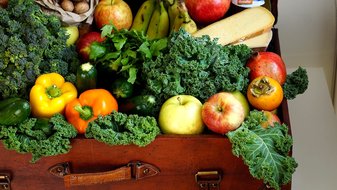
Essentially this boils down to one question - what are you intending on using your machine for?
If the answer to this is for day to day on-the-go type juice-making of typically juicy fruits and vegetables then you'll most likely be looking for a Centrifugal Juicer. However, if you have in mind the idea of hard veggies, leafy greens such as kale, and wheatgrass, along with further use such as nut butter grinding and pasta extruding then you'll be needing a Masticating Juicer (also known as a Slow Juicer or Cold Press Juicer).
Ease of Operation
While a flashy big piece of kit with all of its many compartments and various accessories might seem like a step in the right direction to taking your juicing seriously, it might just do more harm than good. Are you realistically going to have the stamina to keep putting together the equivalent of a small car just to make that quick drink? Ok, perhaps we're taking it a little far with that example, granted, but the ease of assembly even before the ingredient preparation is certainly something that shouldn't be considered lightly.
Not only the assembly of your machine but the actual functionality itself is also crucial. If you have big plans for exquisite juices with subtle nuances of flavors then a simple 'on-off' button isn't going to cut it. Strike a nice balance between what you know you need and what you think you might want to try out once you are more familiar with your machine.
Easy to Clean
Make sure the juicer you go for is easy to dismantle and has parts that make for easy washing. Most of the top juicing brands recognize this isn't the most glorious aspect of the job and do try to make our lives easier with the way they make their machines but only you know what you'll be happy putting up with having to clean at the end of the day!
Juice Yield
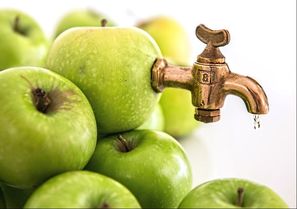
One of the most overlooked aspects of buying a new juicer is the amount of juice you can actually extract from your raw material. In general across the best brands when it comes to juicy fruits and vegetables there really isn't that much in it but vary that slightly into the realms of soft fruits and vegetables, leafy greens and wheatgrass the difference in yield can result in significant increases in terms of both cost of ingredients and machine maintenance.
Centrifugal juicers are fine for firmer-fleshed fruits and vegetables but typically start to meet their match at soft fruits and vegetables due to the consistency created. They will also not be able to work with leafy greens, spelt and wheatgrass type ingredients - as such a masticating juicer would be required here.
In general masticating juicers are known to extract more juice from raw materials, leaving a drier remaining pulp once all material has been processed but this typically comes with a trade-off in terms of speed and ease of use.
Noise
Imagine waking up in the morning knowing you will have to face that obnoxious piercing sound to bring you to your senses just to get a cool refreshing drink? Yeah, it's not pleasant. You just want to go about your business but the whole family has just been woken up along with the neighbors and don't get started on the cat down the street...
The noise level might be the least controllable feature but it shouldn't be overlooked. Generally speaking this is correlated with the price you'll spend. Cheaper range and low-budget juicers will make the most noise with noise decreasing as the price rises, reflecting the increased quality, precision and efficiency of the higher-end juicers. Slow, masticating juicers tend to have lower operating noise, too.
Size & Weight

In terms of weight, remember these things are machines! They can easily weigh a few kilos and some. Not a big deal if they sit on the side all the time, but if you know you'll need to keep reaching down and picking it out of a cupboard everyday, perhaps you might go for something a little less weighty.
Strike a nice compromise between the space you have at your disposal, how portable you need it to be and the amount and types of ingredients you want to be able to put into your juicer at the same time.
Price
Once you have a decent idea about all the other considerations you'll probably find the juicers you shortlist are more or less in the same price range. There will of course be some variation and this is where you have a little wiggle room but exercise fair judgement, you don't want to potentially lose half the functionality to save 10% against the next choice up.
As a simple rule of thumb, never spend more than you are comfortable with. If it feels wrong, don't go with it - kick back and do more research! Figure out what you really do / don't need and go from there
Warranty

Generally the cheaper brands offer shorter warranty periods, if at all, or offer replacements for specific parts so this is something to consider in terms of price, too.
There is nothing wrong with a cheaper, budget juicer by any means but be prepared to consider an upgrade if your juicing becomes a more serious endeavor. As an entry level juicer, budget and less known brands to tend to suffice for the vast majority of people's needs and serve as a stepping stone into the world of juicing.
Closing Thoughts
Thanks for reading - if you would like to see the best juicers and best juicer brands on the market be sure to check out our Juicer Buying Guide for a rundown of the best juicers on the market and the best juicers by brand.
WHERE TO NEXT?
The best juicer brands and their best juicers in our Juicer Buying Guide.
Even fad diets are partly to blame, for introducing a whole new approach to eating, treating drastically ever-changing diets as the norm. In the recent years, consumption of animal products and refined food items has increased, as more and more people leave out the daily supply of fruits and vegetables in their diet.
It comes as no surprise why, these days, many are suffering from different types of allergies, bone diseases, heart problems and many others. Some health experts link these diseases to the type of foods we eat. There are certain types of food that disrupts a certain balance in our body that, during such instance, health problems arise. If only we could modify our eating habits, it's not unlikely that prevention of diseases and restoration of health is achieved.
Our bodies need to maintain a healthy and steady alkaline to acid ratio, which is signified by the pH level of our body. The pH scale ranges from 0 to 14, and anything lower than 7 is considered acidic. Processed food items, meat and meat products, sweets, and some beverages and condiments generally produce excessive amounts of acidity in the body.
Acidosis, abnormally high acidity level in the blood and other tissues of the body, is the one thing that several different diseases have one thing in common. And many health experts believe that acidosis is responsible for a lot of fatal diseases that many people are afflicted with these days.
Alkaline, on the other hand, naturally occurs in the body to neutralize excess acidity in the body, which is its main role. However, alkaline also becomes depleted at times – especially when there's too much acid it needs to get rid of, and we do not consume foods that replenish our body's alkalinity.
As mentioned earlier, acidosis leads to many health-related problems. Dangerous levels of acid get to circulate in our body and break into tissues and organs when not properly neutralized. To prevent this, one must see to it that a healthy pH balance in the body is maintained. To offset the excessive amounts of acid is to increase your body's alkalinity.
Determining whether or not your pH levels are prevalently alkaline may be done with easy-to-use pH level strips which you can purchase in drug stores or medical supplies stores. There are pH level strips meant for testing using your saliva, and there are those for using your urine.
Basically, a saliva pH level strip will determine how much acid your body is producing; normally it's between 6.5 and 7.5 throughout the day. While a urine pH level strip will tell how well you excrete excess amounts of acid; you should get between 6.0 and 6.5 in the morning and between 6.5 and 7.0 at night.
If you constantly experience exhaustion, headaches and having frequent colds and flu, then that could mean you have high acid levels in your body. But the ill effects of acidosis in the body don't stop there; you might be surprised at the wide-ranging types of diseases you could get with dangerous levels of acid in your body.
Depression, hyperacidity, ulcer, skin dryness, acne and obesity are some of those linked to excessive acid levels in the body. Then there are those that are more serious such as joint diseases, osteoporosis, bronchitis, frequent infections and heart diseases.
Even if you begin to take medications for these illnesses, the symptoms may be masked, but they will still continue to affect your health as you are not attacking them from their roots. No matter what medications you take - pills, anti-inflammatory and the like - your body will only become more acidic because of these medications.
Alkaline Diet Approach
To get to the roots of these health problems, the body's pH level must be brought back to normal. There are alkaline foods that can help replenish the depleted alkaline levels in the body while neutralizing excess amounts of acid. Through an alkaline diet, sufficient amounts of alkaline are re-introduced into the body, thus bringing back the pH level to predominantly alkaline.
So how do you incorporate an alkaline diet into your eating habits? First, you can start by cutting down your intake of processed foods. These type of foods contain chemicals that only increase the acidity of your body ones they're digested. Second, steer clear of meat and meat products, dairies and alcohol. Third, load up on fresh fruits and vegetables, as they naturally are high in alkalinity.
Even acidic fruits like oranges and lemons become alkaline after they have been digested and absorbed by the body. As a general rule, 75% of your daily food consumption should consist of alkalizing foods. The more alkaline foods we provide our bodies with, which form the basis of the healthiest foods by no mere coincidence, the more efficient the neutralization of excess acids will be.
Ingredients
- 1 cup pineapple chunks
- 1 banana
- 1/2 cup water (vary according to consistency preference)
- 1/2 cup coconut water
- 1/4 cup fresh parsley leaves
- 1/4 avocado
- 1-2 pinches of fresh grated ginger
Health Benefits
Pineapple
As well as being rich in nutrients such as Vitamin C and fiber, as well as trace elements manganese and copper, pineapples contain bromelain - an enzyme with many great health benefits including the digestion of proteins and anti-cancer properties. It is fantastic in the treatment of digestive disorders, improved surgery recovery times, sinus infection control and reducing joint pain.
Avocado
To get an appreciate of just how nutritionally dense Avocados are, here is a breakdown of a typical 100g (3.5 Oz) serving.
- Vitamin B5: 14% of RDA.
- Vitamin B6: 13% of RDA.
- Vitamin C: 17% of RDA.
- Vitamin E: 10% of RDA.
- Folate: 20% of RDA.
- Vitamin K: 26% of RDA.
- Potassium: 14% of RDA.
- Also trace amounts of of Magnesium, Manganese, Copper, Iron, Zinc, Phosphorous, Vitamin A, B1 (Thiamine), B2 (Riboflavin) and B3 (Niacin).
High in potassium and loaded with monounsaturated fatty acids (mostly Oleic acid). Oleic acid has been linked to beneficial effects on genes linked to cancer and reducing inflammation. Avocados are also high in both soluble (25%) and insoluble (75%) fiber and are great in the treatment of digestive problems.
The health benefits of Avocados really are astonishing with benefits ranging from Cardiovascular and Cholesterol effects, Anti-cancer properties, Weight Loss, Antioxidants, Eye and eyesight improvements, Nutrient uptake and many more. In the coming weeks we will be releasing a dedicated article on avocados and their immeasurable health benefits. We will link this HERE once published.
Great For
- Digestive and Gut Problems
- Healthy Skin and Anti-aging Properties
- Cholesterol and Blood Pressure Management
- Detox and Metabolism Boosting
- Immunity Booster
- Weight Loss
Intolerant to Certain Ingredients?
Just bear in mind that the final result itself may have varying consistency to your expected smoothies and juices without the usual mass and plant matter going in - but for the positives it's worth it.
Here are some great supplementary options and alternative sources to turn to if you suffer the above. To be taken alongside your smoothie mix, or added as an ingredient, depending on the product.
The Healthy Juice & Diet Life
Trusted informative nutritional articles, product reviews, diet management tips and tricks, mouth-watering juice and smoothie recipes and all things health!
HEALTHY GIFTS - ULTIMATE GUIDE!
Use the Categories below to find our most recent articles, recipes and product recommendations for each subject category.
Categories
All
Accessories
All Drinks Recipes
All Juice Recipes
All Juicer Reviews
All Product Reviews
All Smoothie Recipes
All T-Shirts
Apple
Apricot
Avocado
Banana
Beetroot
Blackberry
Blood Pressure & Cholesterol Recipes
Blueberry
Books & DVDs
Brain Power & Cognition Recipes
Breville Juicer Reviews
Budget Juicers
Budget T-Shirts Under $15
Buying Guides
Cabbage
Carrot
Celery
Christmas
Cinnamon
Coconut
Dandelion
Dieting & Weight Loss
Digestive Health
Diverticulitis / Diverticulosis
Fennel
Fiber
Garlic
Gifts
Ginger
Health Retreat
Healthy Gift Baskets
Healthy Gift Ideas
Healthy Skin Recipes
HJDL Guide Gift Baskets
HJDL Guide - Health Retreats
HJDL Guide Home Gym
HJDL Guide Juicers
HJDL Guide Leisurewear
Home Gym
Honey
Immunity & Health Booster Recipes
Juice Cleanse
Juice Fountain Range
Juicing Recipe Books
Learning
Manuka Honey
Metabolism & Nutritional Uptake Recipes
Milk
Natural Remedies
Oats
Onion
Orange
Paleo
Papaya
Parsley
Peanut Butter
Pear
Pineapple
Raspberry
Spinach
Strawberry
Sweet Potato
System Flush & Detox Recipes
T-Shirts
Ulcerative Colitis
Vegan
Vegan T-Shirts
Water Bottles
Weight Loss Recipes
Yogurt
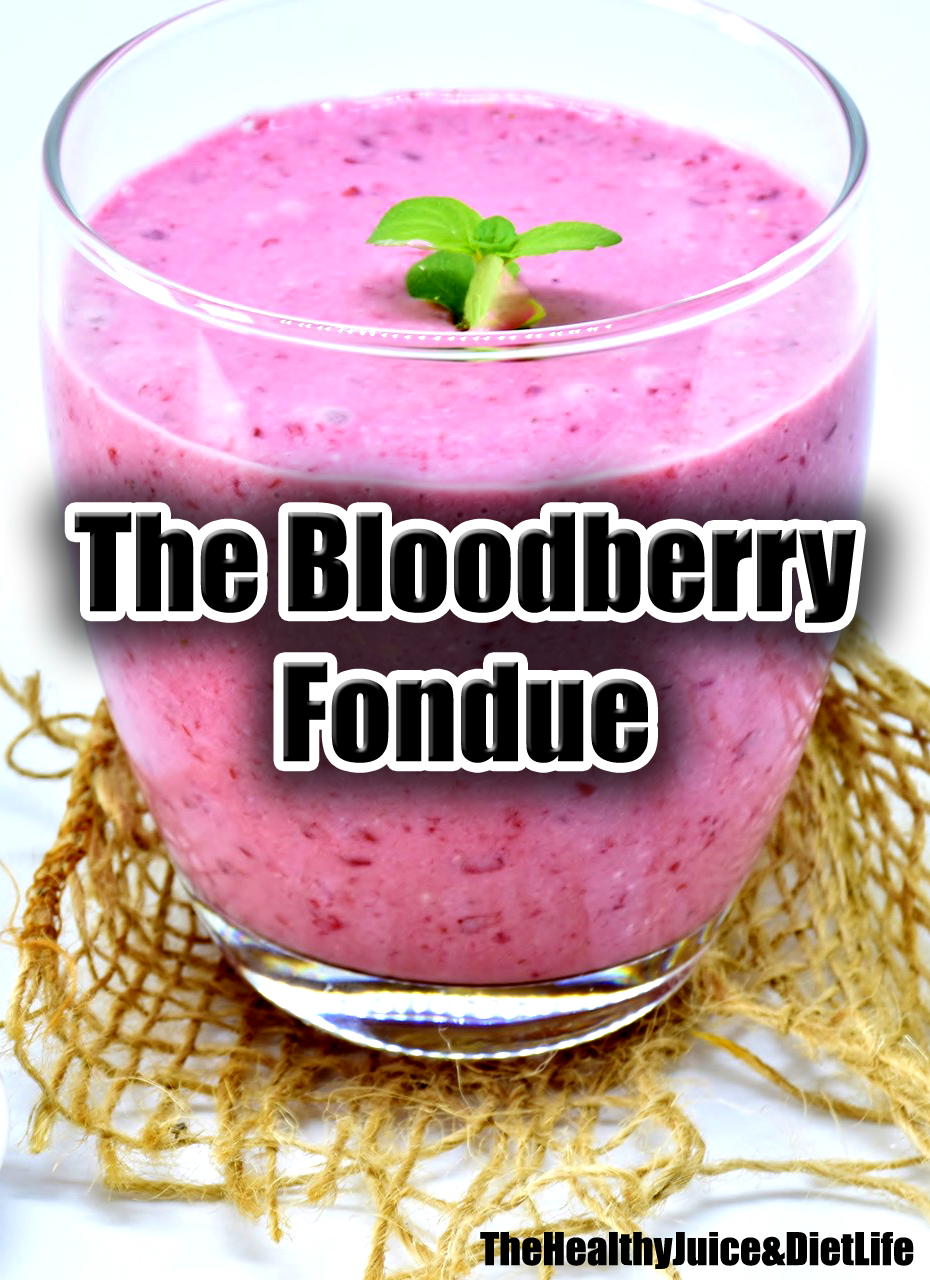
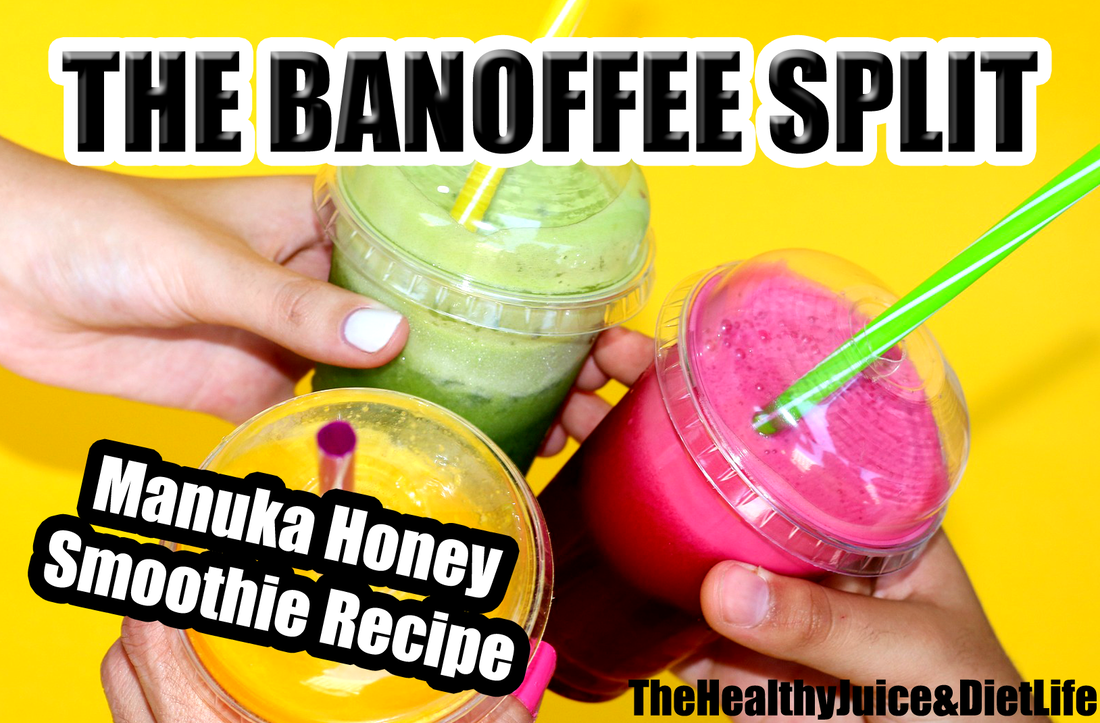
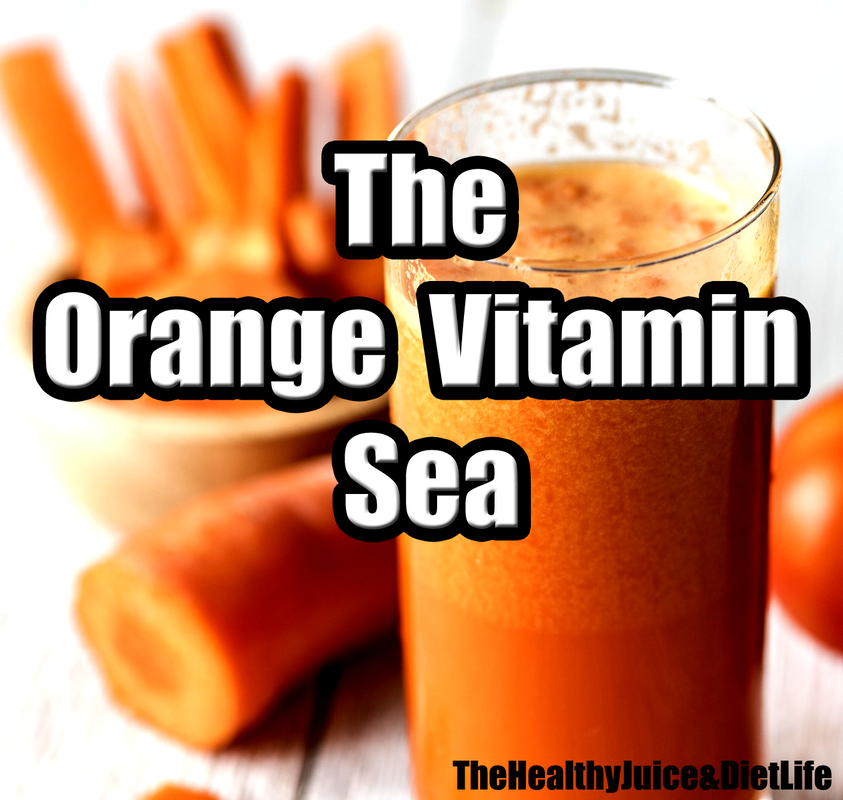
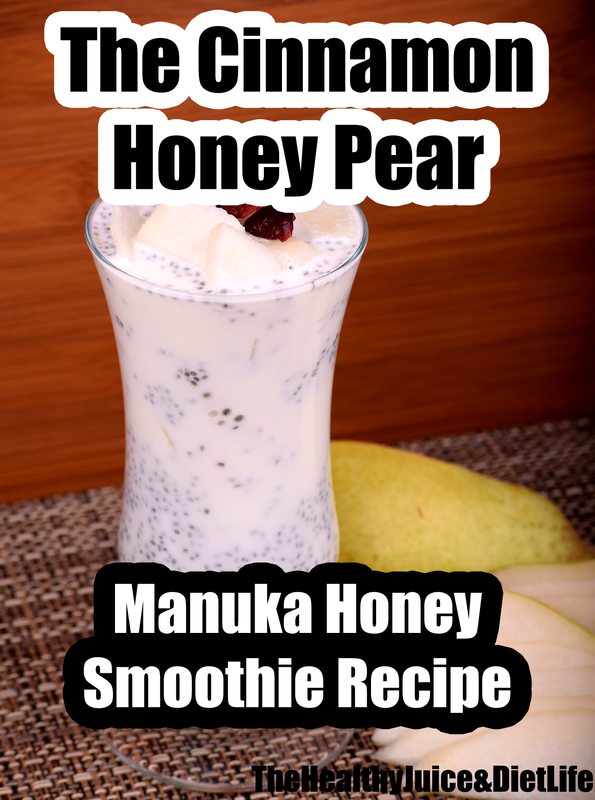
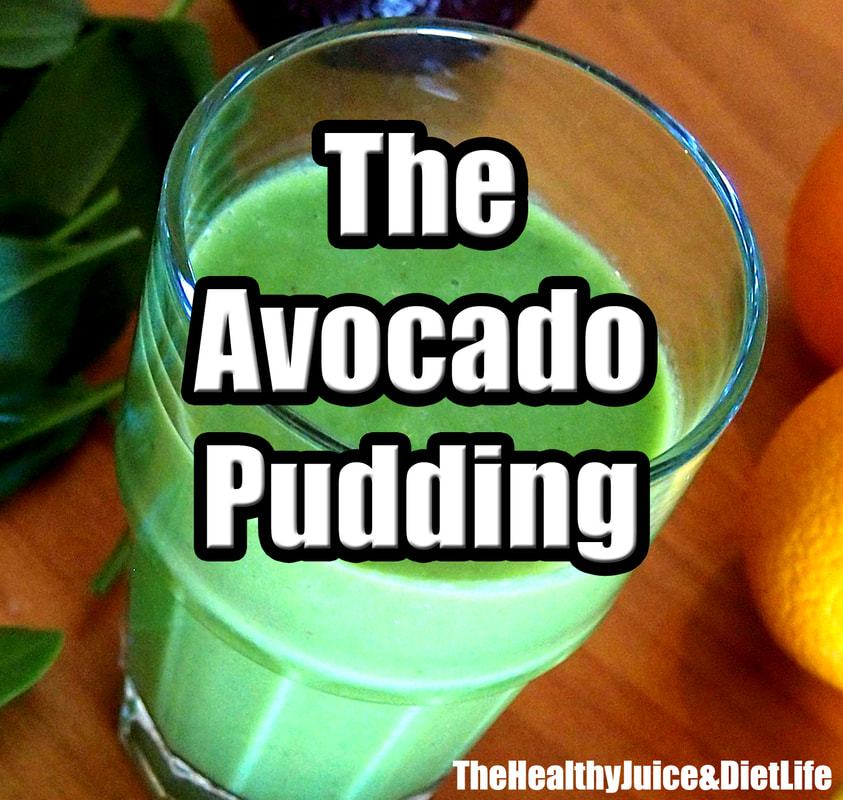





















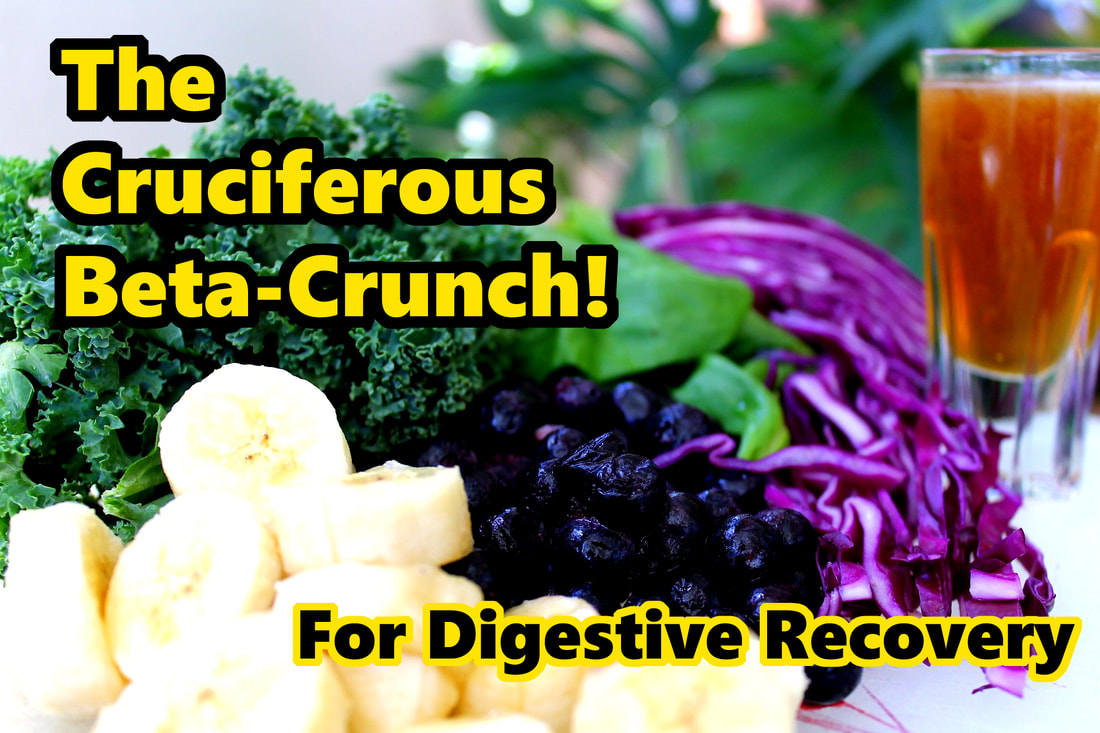




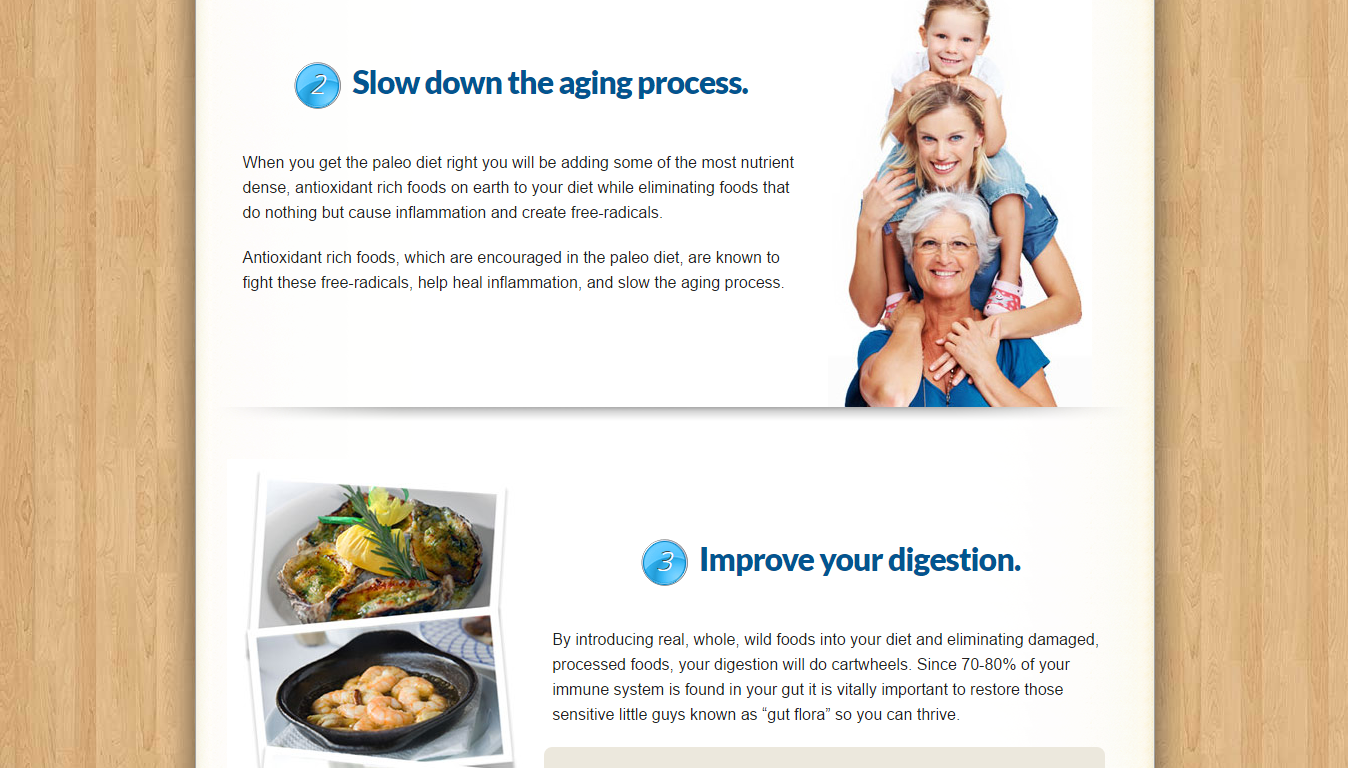
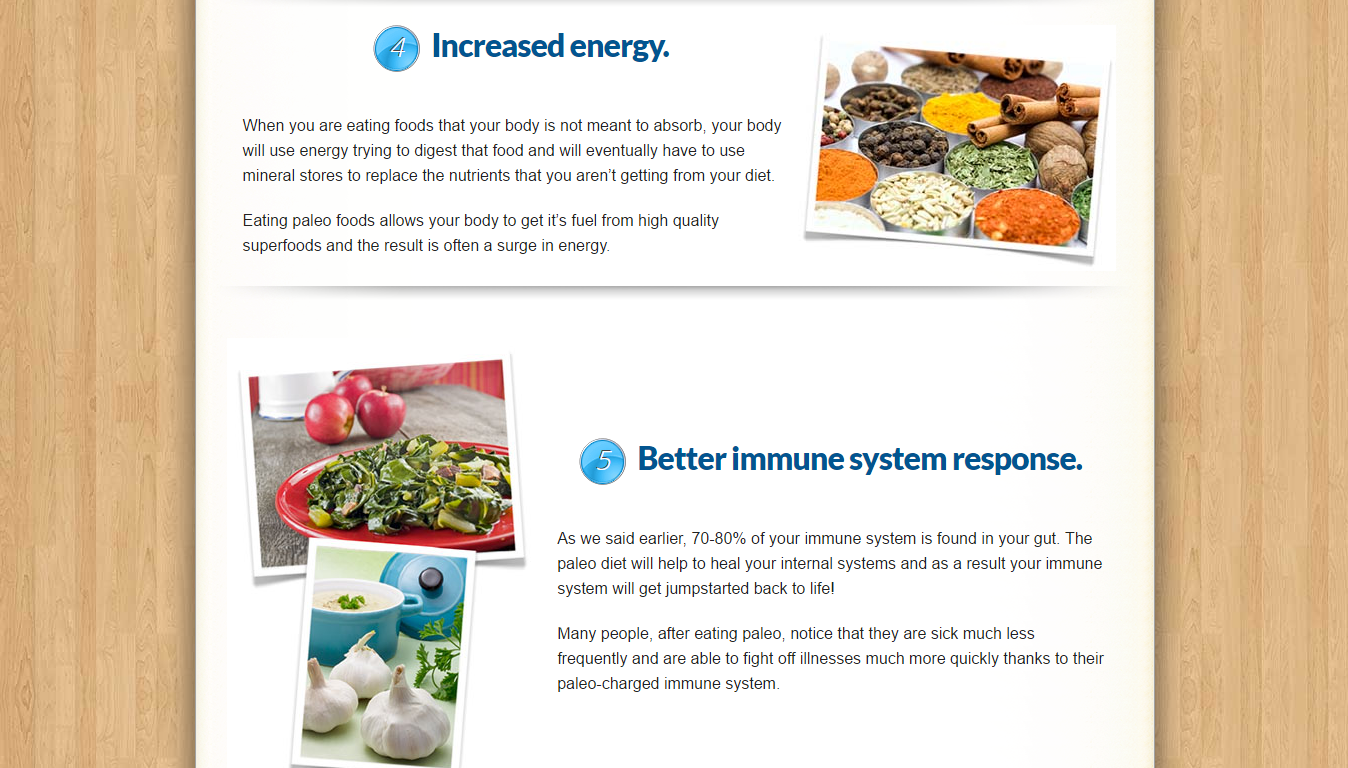
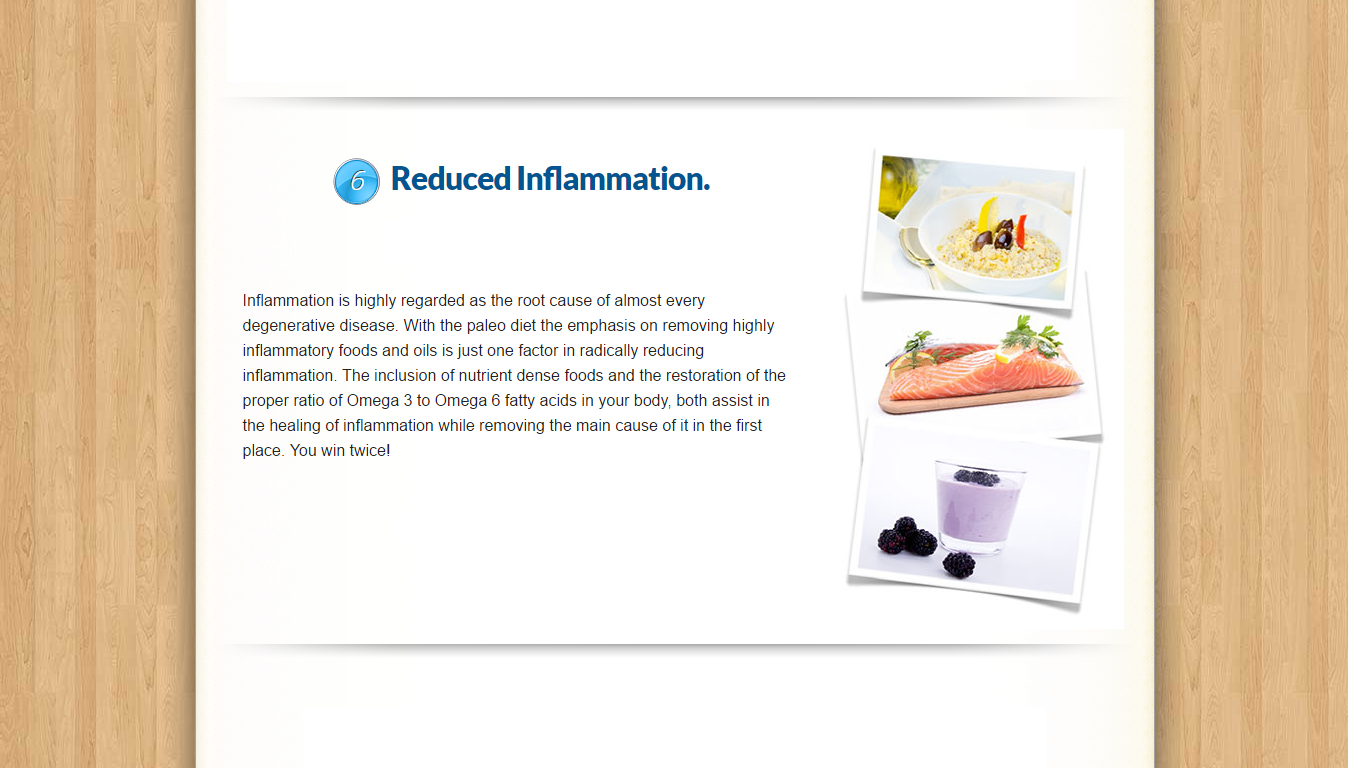
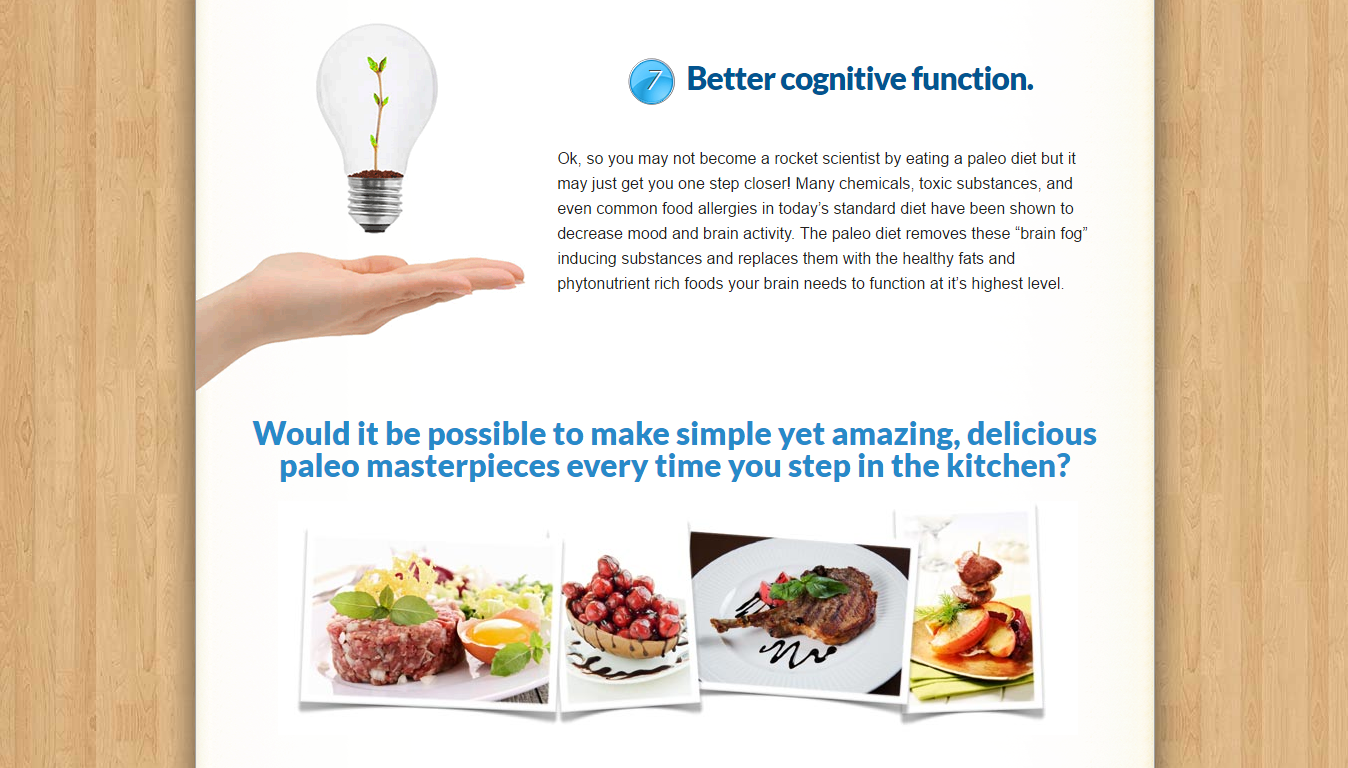
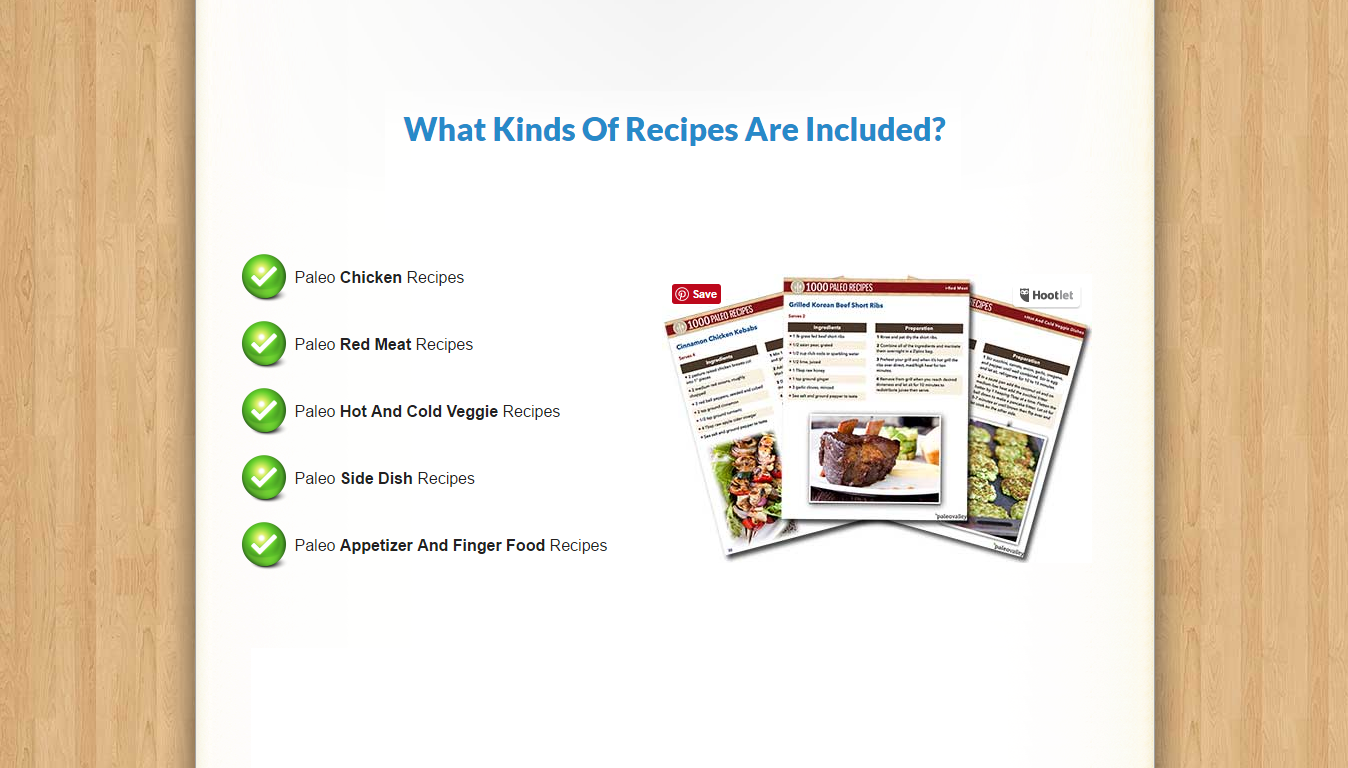
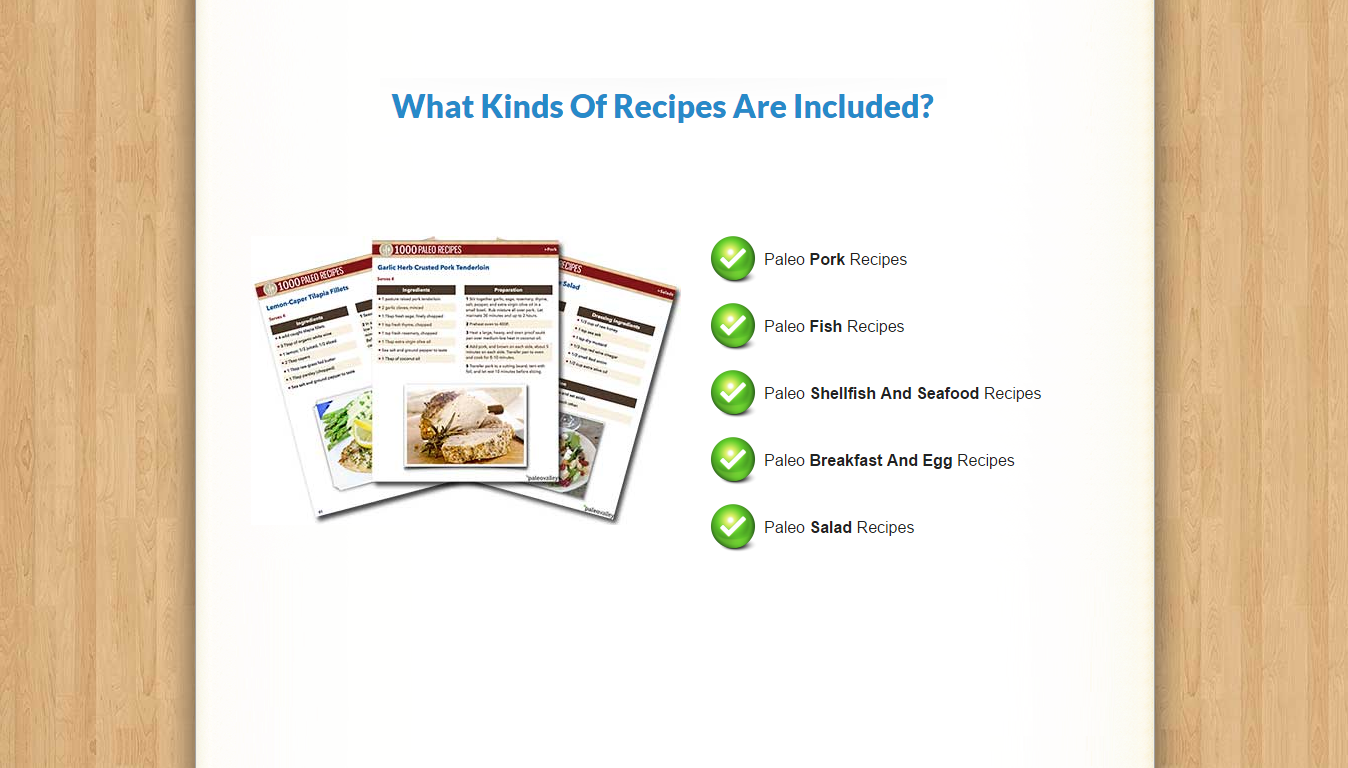
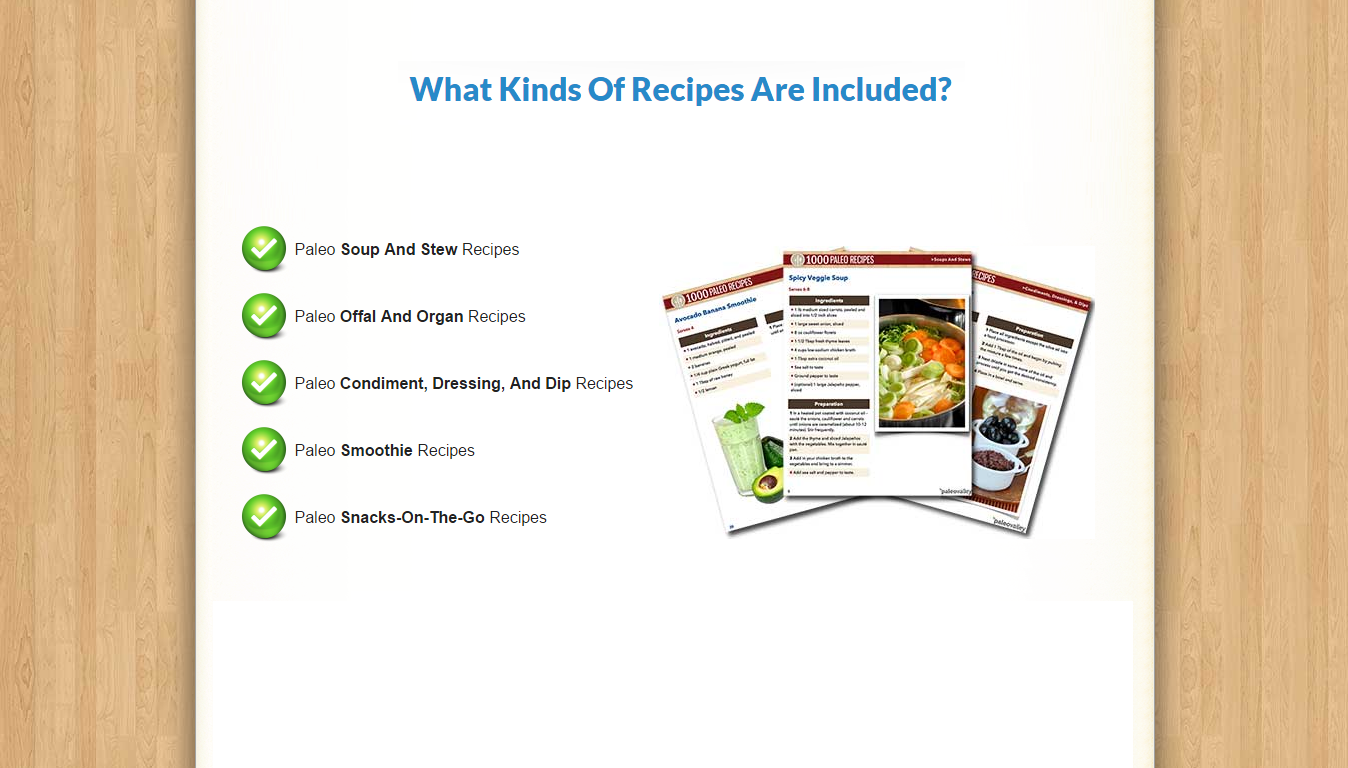


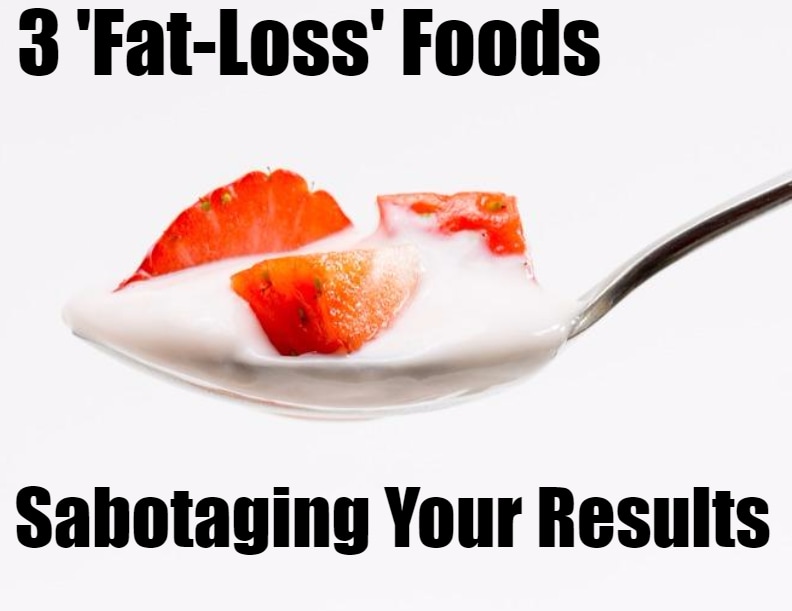
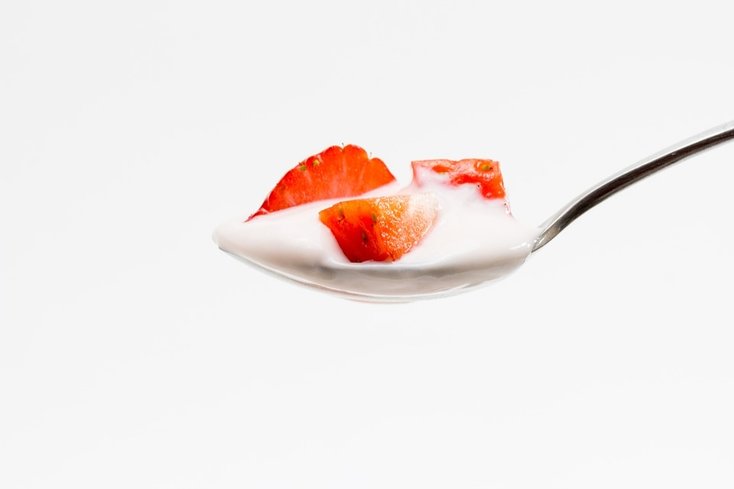

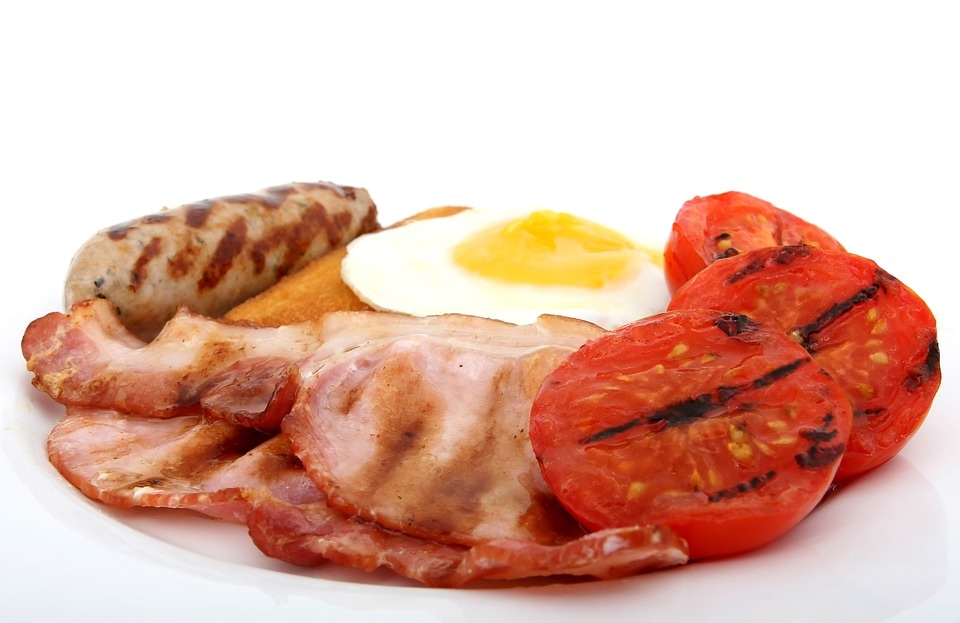

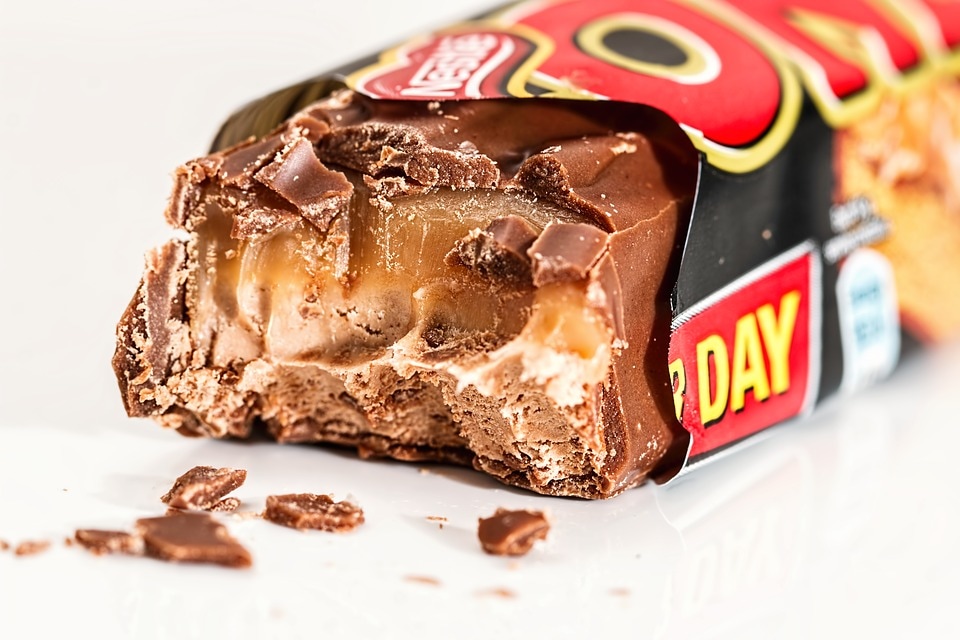








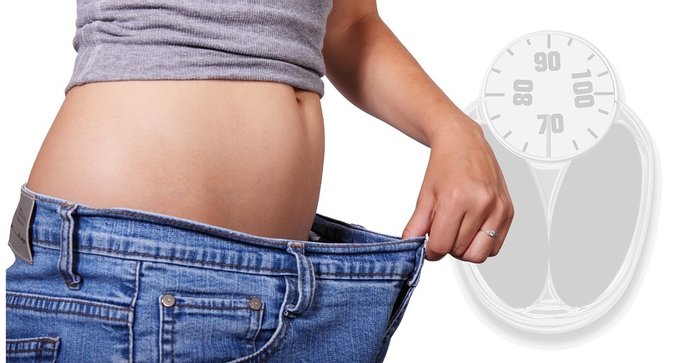
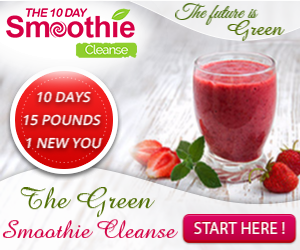




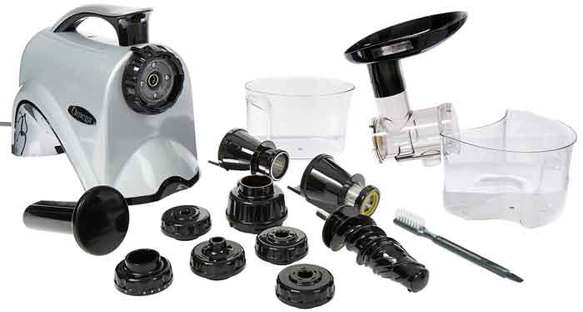
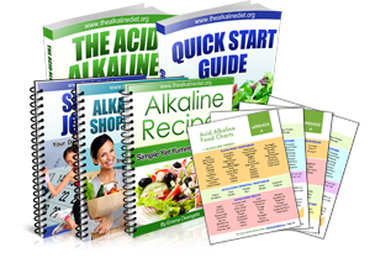






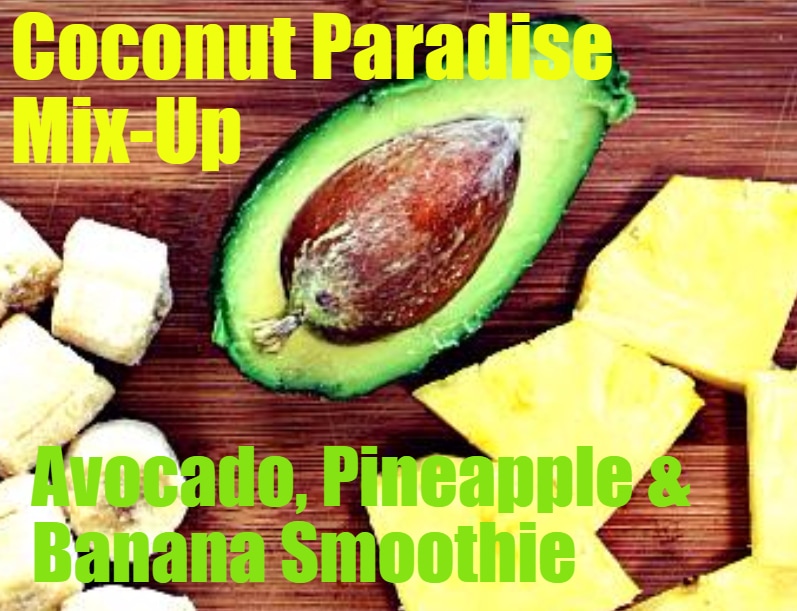
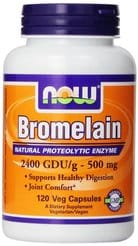
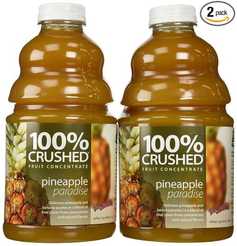
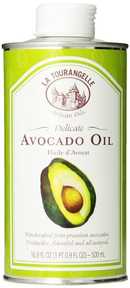

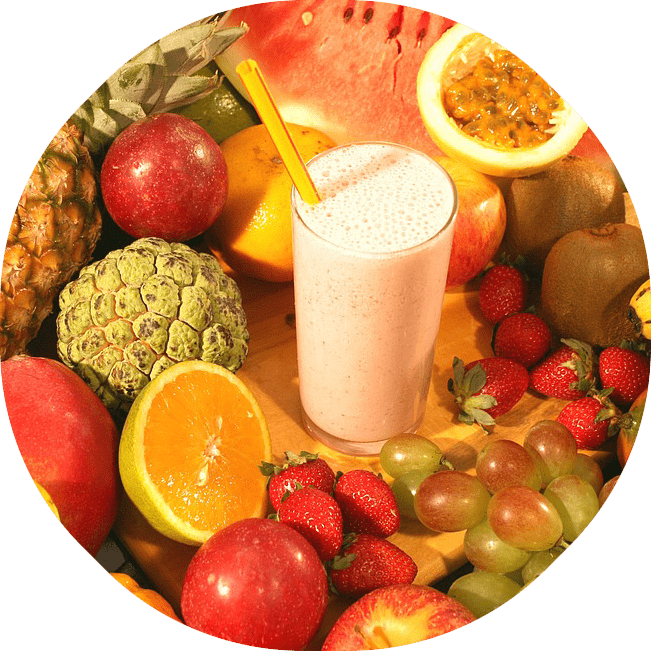
 RSS Feed
RSS Feed









